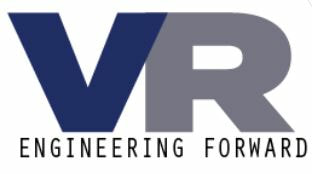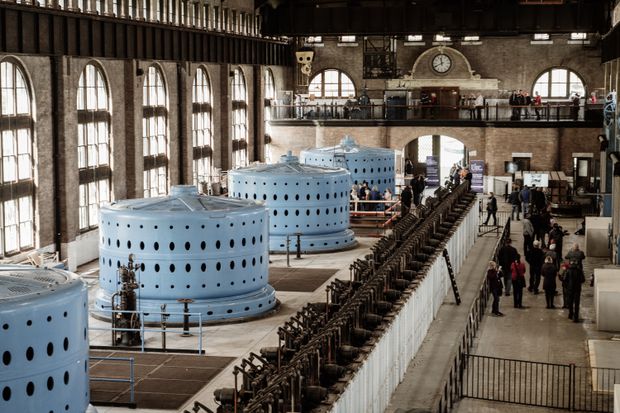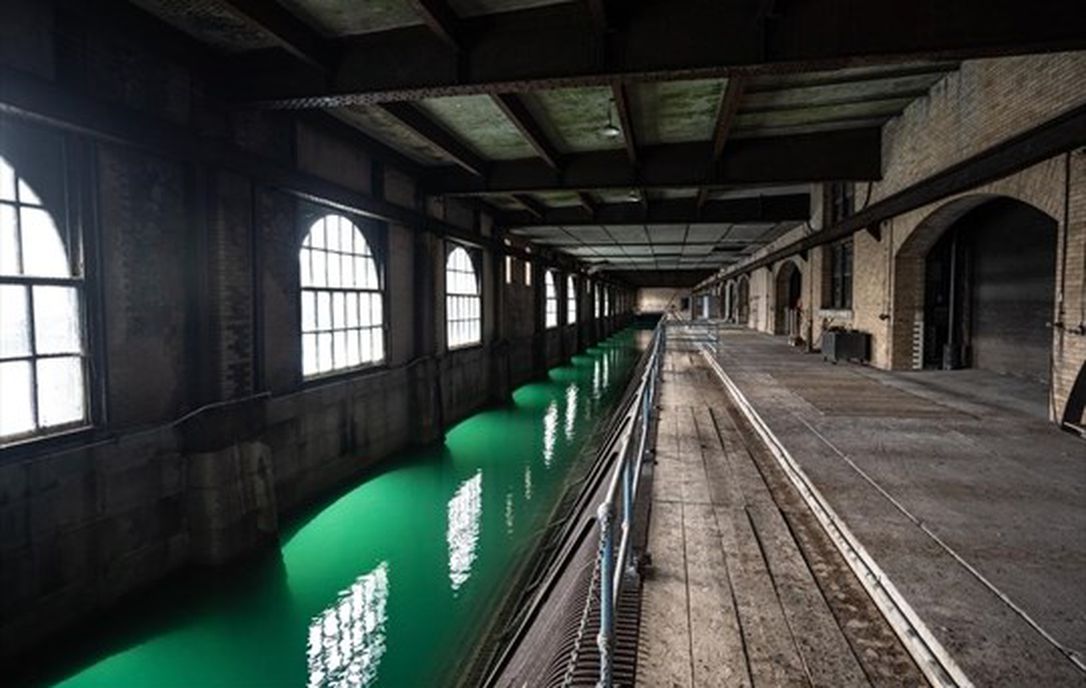|
Project Completed:
2021 |
Client:
+VG Architects |
Location:
Niagara, Ontario |
Canadian Niagara Power Generating Station
The Niagara Parks Power Station is 115 years old. This project involved transforming a decommissioned power generator into the region's largest tourism initiative.
The station is like an iceberg, with the above-ground Generator Hall – housing a total of 11 alternating current (AC) 25Hz generators that each produced 10,000 horsepower – being the smallest part of its operations. That’s where 140,000 litres of water per second would have rushed in from the Niagara River through large steel headgates.
From there the water would travel 54.8 metres underground through 11 three-metre-wide vertical steel tubes known as penstocks, turning electricity generating turbines as it passed, before continuing into a common wheel pit and rushing out through a 6.24-metre wide tunnel to the falls.
The building – and the generators and equipment it contained – had sat ignored and unused since its decommissioning. In 2018, a 10-year strategic plan introduced by the Niagara Parks Commission, which has a mission to preserve and conserve, put the possibility of a resurrection in motion. Buy-in from the provincial government in 2020 (along with its offer of a $25-million loan) made it a reality.
Visitors will be able to choose between guided and self-guided tours of Generator Hall, the 173.7-metre long, 18.3-metre tall main floor of the plant. There, exhibits, including some developed in conjunction with Sudbury’s Science North, help explain the water flow in the plant; hands-on opportunities include a chance to help solve simulated emergencies (such as a storm-blown tree branch threatening entry into the power station’s penstocks and wrecking the turbines below) using levers and audio instructions. Many of the exhibits focus on people, and alongside Nikola Tesla, Thomas Edison and George Westinghouse – who were involved with the building’s creation – Indigenous peoples’ and women’s perspectives are shared. Guests can also use their own handheld devices to scan story markers for deeper content.
V&R provided engineering design services for the renovation and the implementation of updated mechanical and electrical infrastructure.
The station is like an iceberg, with the above-ground Generator Hall – housing a total of 11 alternating current (AC) 25Hz generators that each produced 10,000 horsepower – being the smallest part of its operations. That’s where 140,000 litres of water per second would have rushed in from the Niagara River through large steel headgates.
From there the water would travel 54.8 metres underground through 11 three-metre-wide vertical steel tubes known as penstocks, turning electricity generating turbines as it passed, before continuing into a common wheel pit and rushing out through a 6.24-metre wide tunnel to the falls.
The building – and the generators and equipment it contained – had sat ignored and unused since its decommissioning. In 2018, a 10-year strategic plan introduced by the Niagara Parks Commission, which has a mission to preserve and conserve, put the possibility of a resurrection in motion. Buy-in from the provincial government in 2020 (along with its offer of a $25-million loan) made it a reality.
Visitors will be able to choose between guided and self-guided tours of Generator Hall, the 173.7-metre long, 18.3-metre tall main floor of the plant. There, exhibits, including some developed in conjunction with Sudbury’s Science North, help explain the water flow in the plant; hands-on opportunities include a chance to help solve simulated emergencies (such as a storm-blown tree branch threatening entry into the power station’s penstocks and wrecking the turbines below) using levers and audio instructions. Many of the exhibits focus on people, and alongside Nikola Tesla, Thomas Edison and George Westinghouse – who were involved with the building’s creation – Indigenous peoples’ and women’s perspectives are shared. Guests can also use their own handheld devices to scan story markers for deeper content.
V&R provided engineering design services for the renovation and the implementation of updated mechanical and electrical infrastructure.




